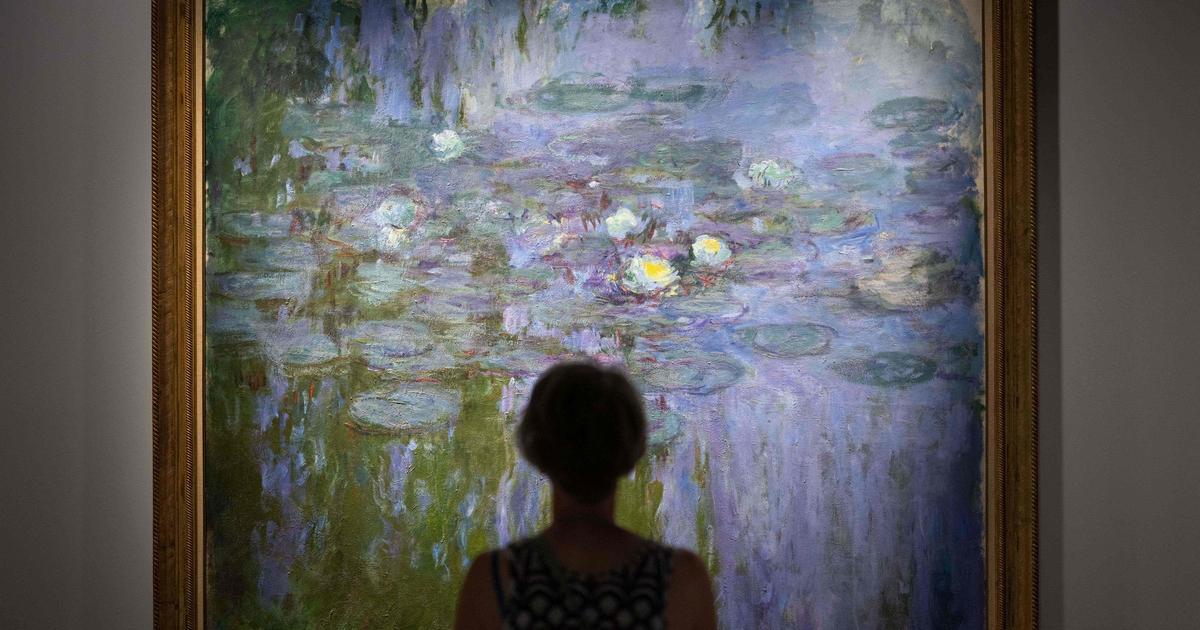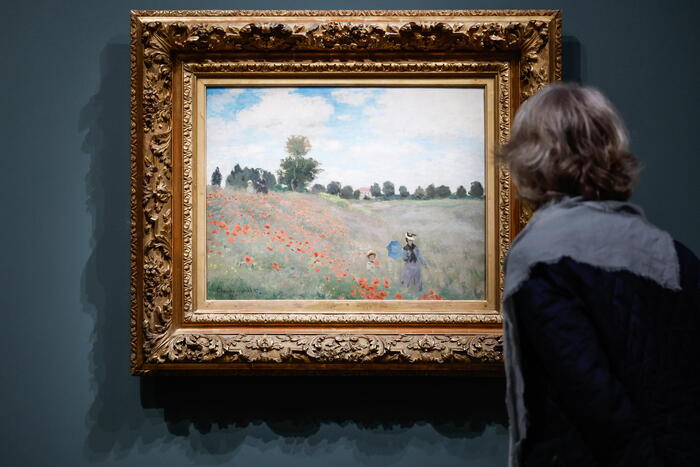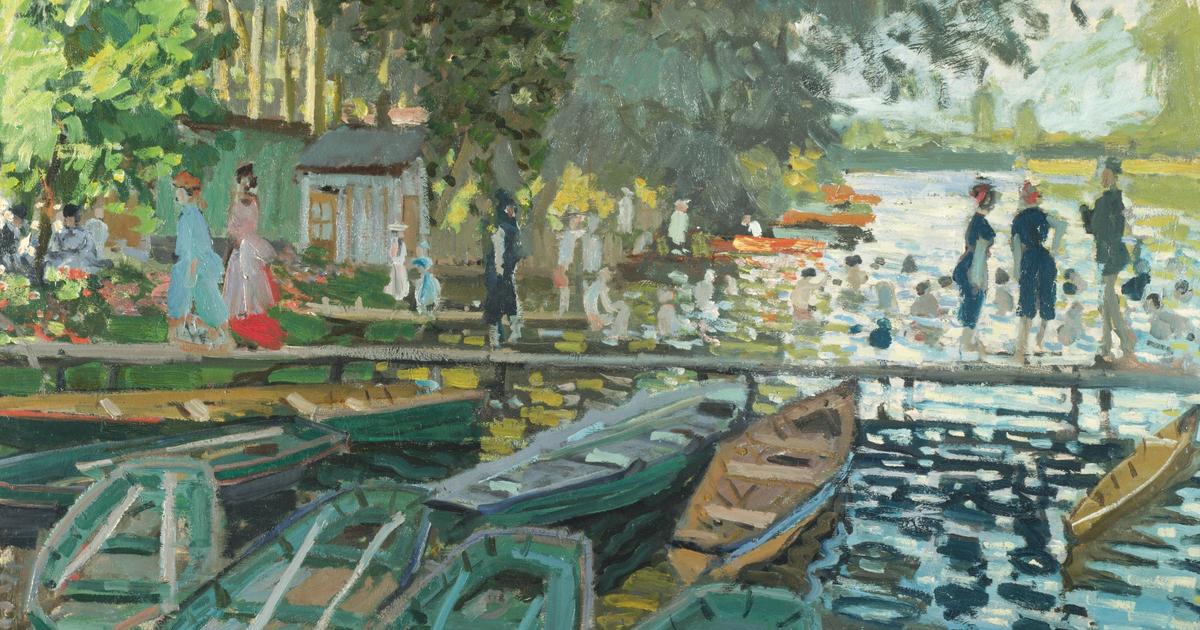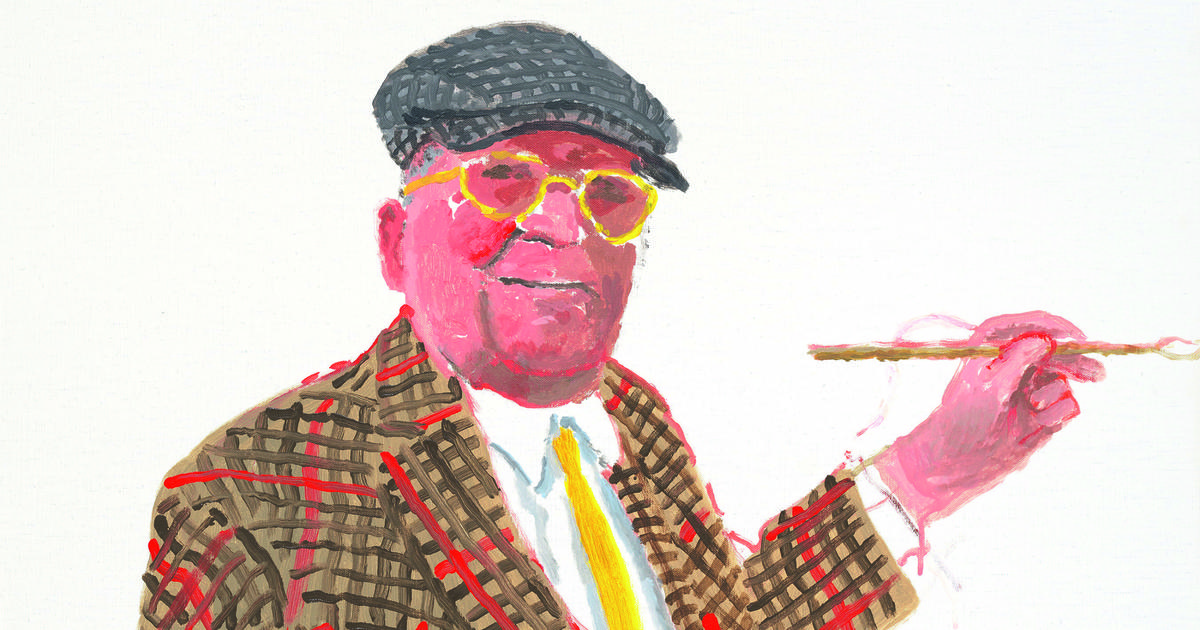From impressionist views of Paris to quasi-abstract representations of Giverny, the modern art museum of Fontevraud-l'Abbaye (Maine-et-Loire) recounts the metamorphosis of Claude Monet's painting throughout his life.
To discover
Find all the results of the legislative elections
Until September 18, the Metamorphoses exhibition
, in the art of Claude Monet , the very first in
this
museum, which opened in May 2021, presents around thirty canvases bequeathed by the painter's son to the Marmottan museum in 1966.
exhibition in a village of 1,600 inhabitants, it is exceptional”,
rejoices Dominique Gagneux, director of this museum installed in the royal abbey of Fontevraud.
Read alsoClaude Monet on the Japanese side
Organized according to a chronological thread, the exhibition begins with landscapes painted in the 1870s, among which a misty view of the Gare Saint-Lazare and a setting sun on the beach at Pourville, sketched in the pastel colors already dear to Monet.
A panel recalls the cold welcome given to the impressionist by many art critics of the time: his paintings
"cause laughter", "are lamentable"
and
"denote the greatest ignorance of drawing" ,
wrote a columnist in 1877. Success would come ten years later.
Read alsoThe intimate museum of Claude Monet
In the 1890s, Claude Monet began to paint in series, representing the same landscape at different seasons or times of day, on canvases where the play of light was enough to transform the motif.
"Colorful Fog"
“Monet's work is a journey through a colored mist. Its techniques and its points of view evolve but in more than fifty years of painting, there is no rupture”,
affirms Dominique Gagneux.
Installed in Giverny since 1883, Claude Monet devoted more and more paintings to him and gradually centered his work on the weeping willows and the water lilies in his water garden.
Read alsoFrom Giverny to the “Water Lilies”: sublimated nature
While in classical painting panoramic formats are mainly used to represent vast landscapes, Monet innovates by only sketching a fragment of a park.
The canvases from this period, some one meter wide by three, were hung on dark purple walls, which contrast with the mauve of the wisteria and the light green of the water lilies.
“We wanted to show these canvases in a new light, with a different aesthetic from the white walls of the
Marmottan-Monet museum
.
Even for well-known paintings, this allows for another experience”,
underlines the director of the museum.
Read alsoClaude Monet: the rediscovered legacy of the master of Impressionism
The size of the rooms allows visitors to step back a few meters sometimes necessary to distinguish patterns which, seen up close, were drowned in a mass of colors.
Recently restored,
Water Lilies, Reflections of Willow
, an almost abstract canvas in which only a few water lilies can clearly be seen on a blue and mauve monochrome, had not been exhibited to the public for several years.









